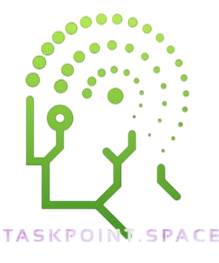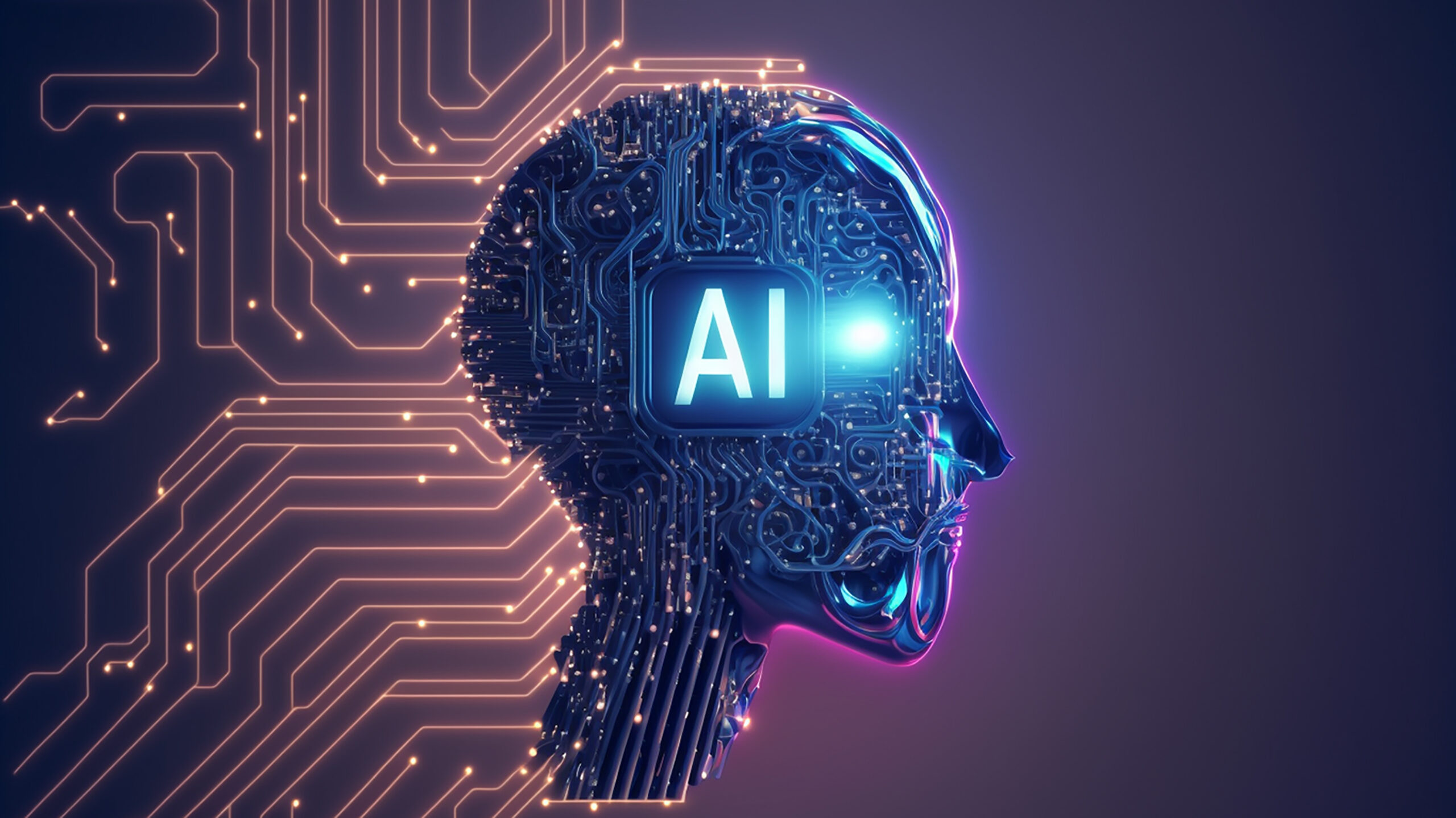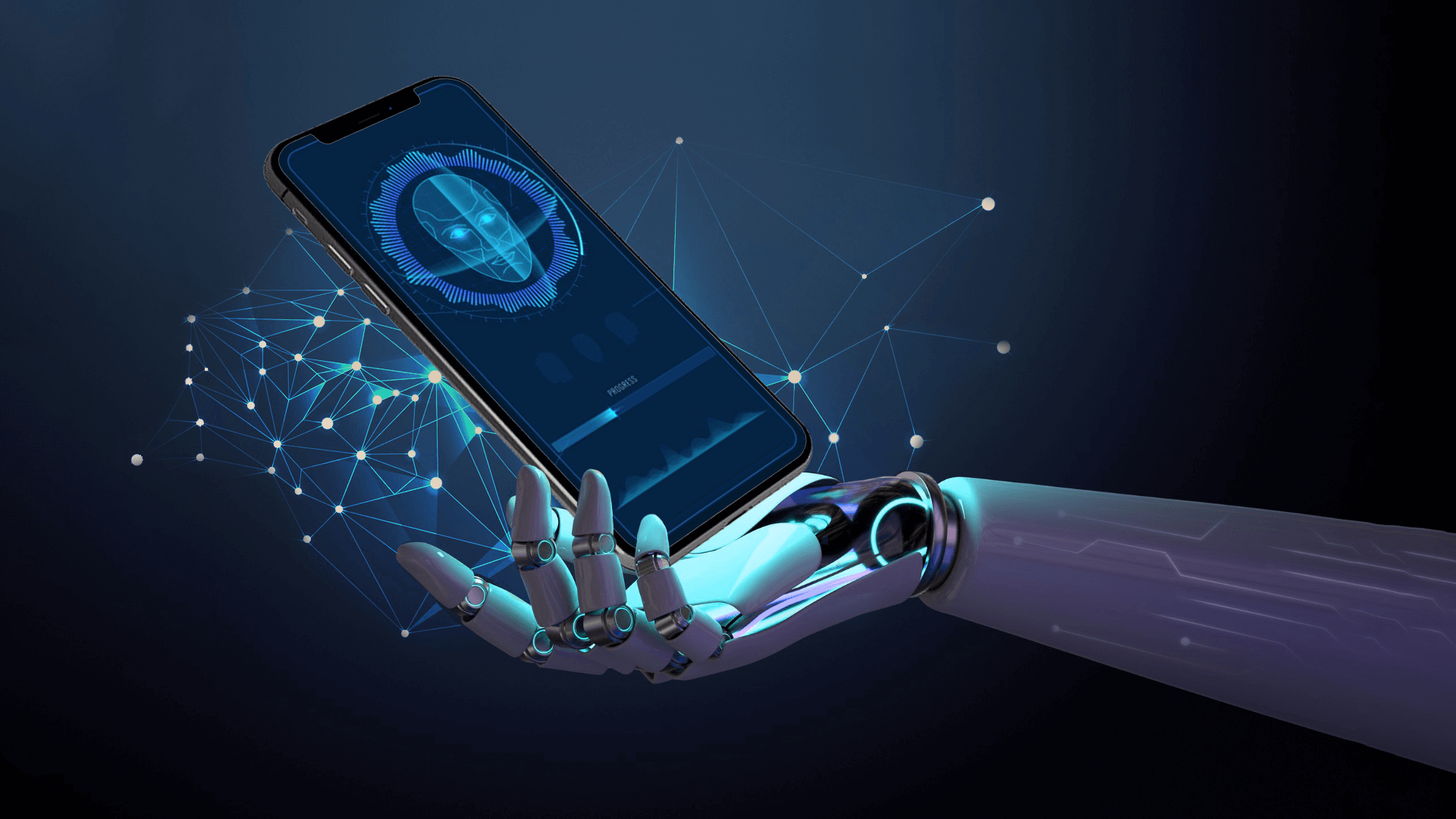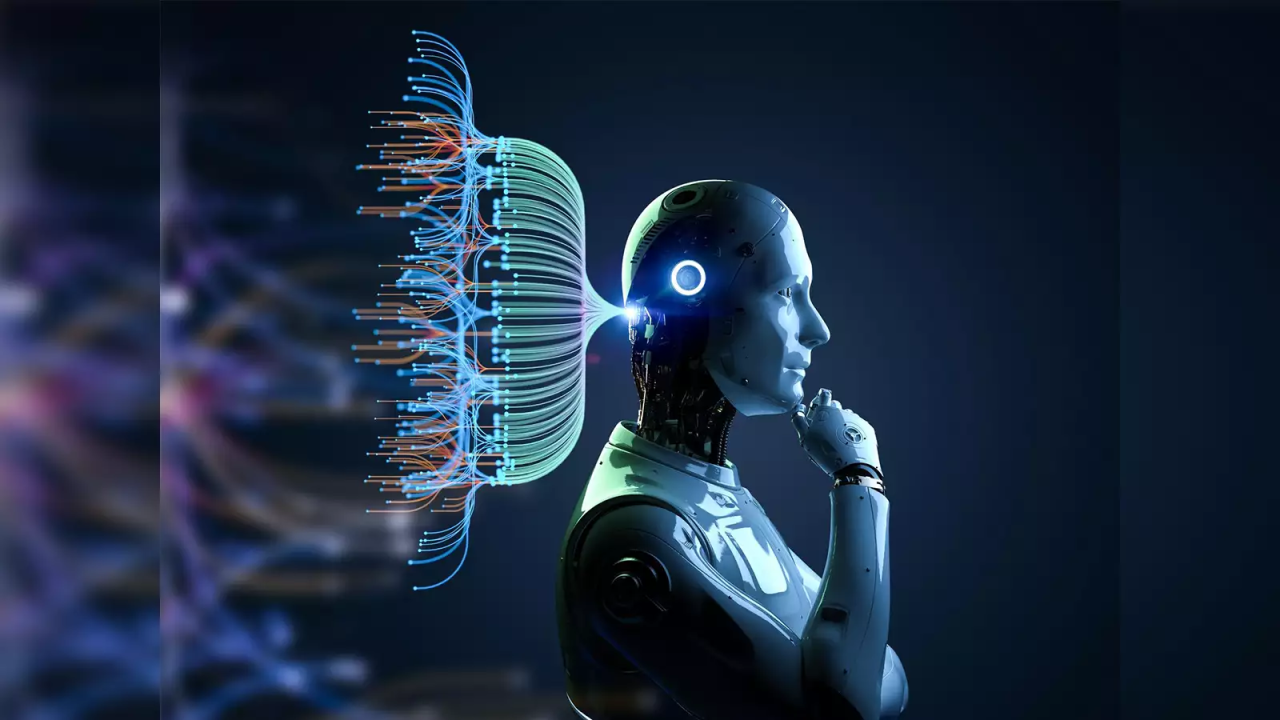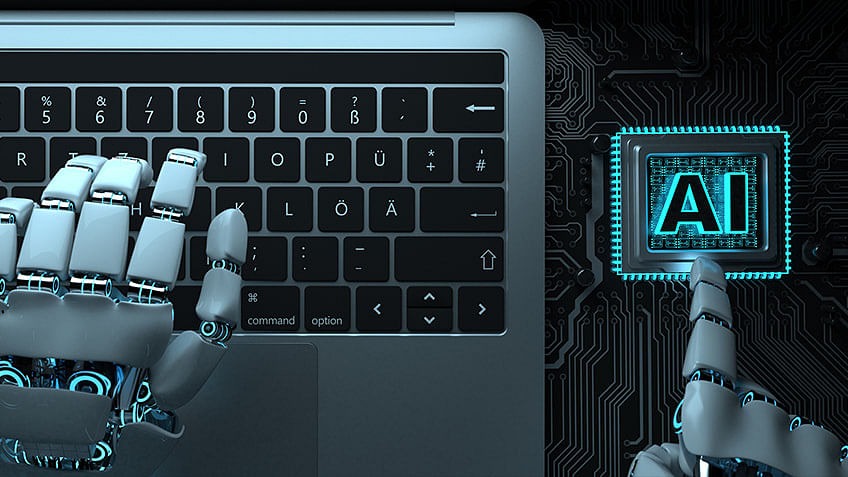Understanding the Role of AI in Daily Routines
The integration of artificial intelligence (AI) into our daily routines has revolutionized the way individuals and organizations approach tasks and manage their time. AI technologies, ranging from simple scheduling applications to complex task management systems, streamline repetitive processes and enhance productivity. By automating mundane tasks, AI allows users to focus on more creative and strategic activities, ultimately leading to a more efficient workflow.
In the realm of personal productivity, AI-driven tools such as virtual assistants have become commonplace. These tools aid in scheduling meetings, setting reminders, and even parsing through emails to prioritize tasks based on urgency. For example, applications like Google Assistant or Microsoft Cortana can help users optimize their time by suggesting the best times for meetings or alerting them about upcoming deadlines. By quickly processing large amounts of data, these AI systems ensure that individuals don’t miss important commitments, saving hours that would otherwise be spent organizing schedules manually.
In workplace environments, AI applications extend beyond mere scheduling. Intelligent project management tools, such as Asana or Trello, utilize AI to analyze team performance and suggest optimal workflows. These systems can automate mundane tasks such as data entry or progress reporting, thus enabling teams to dedicate their efforts to more innovative projects. Additionally, AI-powered customer service bots are frequently employed to handle inquiries, allowing human agents to focus on more complex problems that require creative solutions.
Real-life applications, such as AI systems in smart homes that manage everything from heating and lighting to grocery ordering, illustrate the profound impact AI has on improving efficiency. By optimizing time and resources, AI not only simplifies complex tasks but also facilitates a seamless blend of routine and creativity in both personal and professional settings. With the continued advancement of AI technologies, we can expect an even greater transformation in how we structure our daily activities.
Transforming Efficiency into Creativity
The advent of artificial intelligence (AI) has revolutionized the way individuals and organizations approach routine tasks. By automating monotonous processes, AI optimizes time and resources, thereby facilitating a significant shift from mundane responsibilities to creative endeavors. This transformation not only enhances productivity but also empowers individuals to engage in innovative thinking and creative problem-solving, as they are no longer encumbered by repetitive tasks.
The relationship between efficiency and creativity is multifaceted. When AI systems manage the routine aspects of work, such as data entry, scheduling, or inventory management, they alleviate the cognitive load on individuals, allowing them to focus on higher-order thinking. The psychological perspective suggests that reducing stress through automation leads to enhanced creativity. When employees are less stressed and have more time at their disposal, they are more likely to explore new ideas, collaborate with colleagues, and engage in brainstorming sessions that can lead to innovative solutions.
Moreover, this shift in focus from efficiency to creativity offers a unique opportunity for personal and professional growth. Individuals are encouraged to pursue passion projects or experiments in their fields, fostering an environment ripe for innovation. Companies that embrace AI-driven efficiency also benefit from a culture that prioritizes creativity, which can result in a competitive edge in the market. This not only enhances job satisfaction but also transitions workplaces into hubs of creativity and ideation.
In essence, the role of AI in optimizing time and resources extends beyond mere efficiency. It paves the way for an enriched creative landscape, wherein individuals can thrive in their pursuits. As we continue to integrate AI into various facets of our professional lives, the potential for innovation becomes limitless, underscoring the profound impact of transitioning from routine tasks to creative exploration.
Case Studies: Successful AI Implementations
As organizations increasingly seek to enhance their creative potential and streamline their processes, several case studies exemplify the successful implementation of AI tools across various industries. In marketing, for instance, a prominent digital advertising agency adopted an AI-driven analytics platform that transformed their campaign strategies. Prior to this implementation, the agency depended on traditional market research methods that were time-consuming and often inaccurate. After integrating AI, the agency utilized advanced algorithms to analyze consumer behavior and preferences in real-time. This shift not only optimized resource allocation but also facilitated more innovative campaigns tailored closely to audience needs, yielding a 30% increase in engagement rates.
In the design industry, a leading graphic design firm adopted AI tools to enhance its creative workflow. Initially, designers faced limitations due to a high volume of routine tasks such as resizing images and creating variations of design layouts. By implementing AI-powered design software, the firm automated these repetitive processes. As a result, designers reclaimed about 40% of their time, which they could then allocate to more creative and strategic projects. This resulted in a notable boost in project output and overall team satisfaction, as designers could focus on ideation and innovation rather than mundane tasks.
The research sector has also seen the transformative power of AI. A well-known academic institution integrated AI-driven data analysis tools to assist in literature reviews and data interpretation. This significantly reduced the time researchers spent on preliminary data assessments, facilitating quicker access to insights. Prior to AI, research teams often dealt with extensive backlogs and lengthy periods of analysis. Now, the institution can expedite publishable research and enhance collaborative opportunities across disciplines, showcasing how AI optimizes resources while fostering creativity in research endeavors.
Future Trends: The Evolving Landscape of AI and Creativity
The landscape of artificial intelligence (AI) is rapidly evolving, leading to significant advancements in the realm of creativity and productivity. Emerging technologies such as generative AI are at the forefront, enabling creators across various fields to harness sophisticated algorithms that can produce innovative content. Generative AI systems are capable of learning from vast datasets, allowing them to generate original artwork, music, and literature, thereby revolutionizing the creative process.
Moreover, personalized AI-driven tools are gaining traction, offering tailored solutions for individual users. These tools analyze user preferences and work patterns, delivering customized assistance that optimizes workflow and enhances creative output. For instance, writers may utilize AI to generate ideas or suggest edits, while designers might leverage AI to create unique visual elements based on their established style. This personalized approach not only boosts productivity but also fosters an environment where creativity can flourish without the constraints of repetitive tasks.
As these technologies advance, it is essential to consider their implications for standard practices across various industries. The integration of AI into creative processes is likely to challenge traditional definitions of authorship and originality. Questions surrounding copyright, ownership, and the role of algorithms in creative work will become increasingly prominent, raising ethical concerns that must be addressed by industry stakeholders.
Furthermore, the reliance on AI tools necessitates a balance between technological innovation and human creativity. While AI capabilities can enhance efficiency, there remains a need for critical thinking and emotional intelligence, qualities inherently tied to human experience. As the relationship between AI and creativity continues to evolve, collaborative potential emerges, inviting a future where artificial intelligence does not replace human ingenuity but rather complements and amplifies it.
